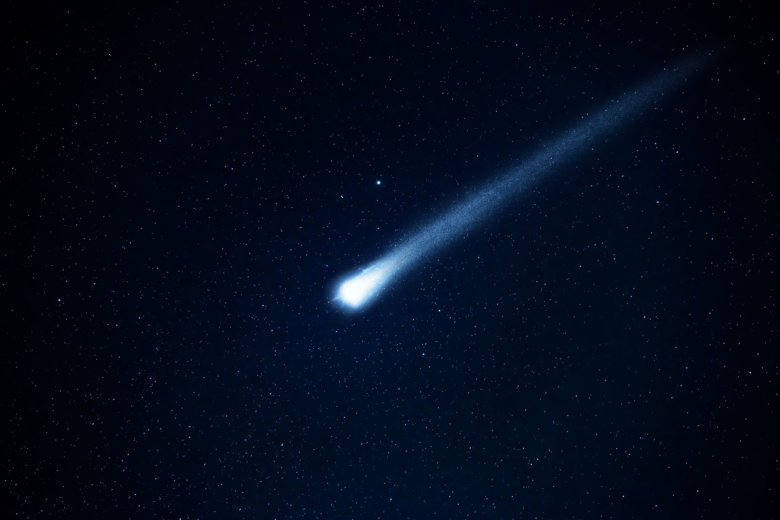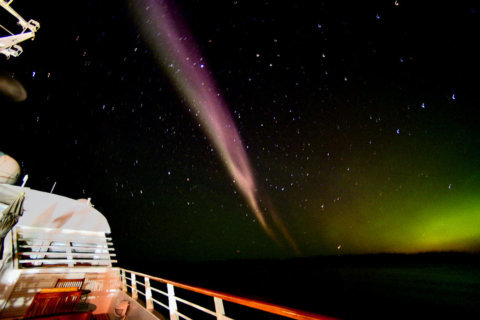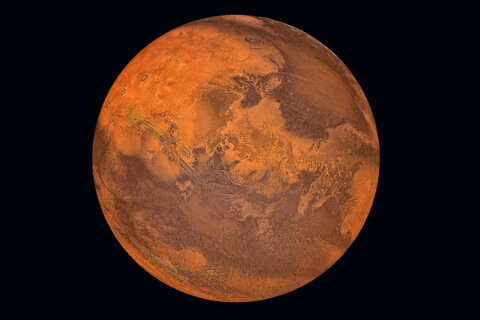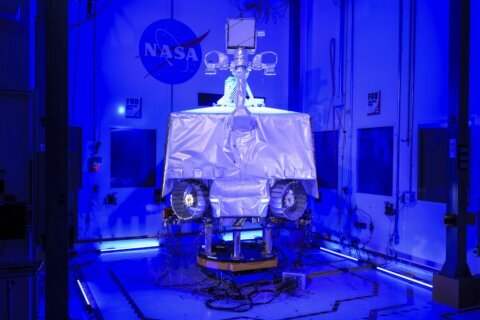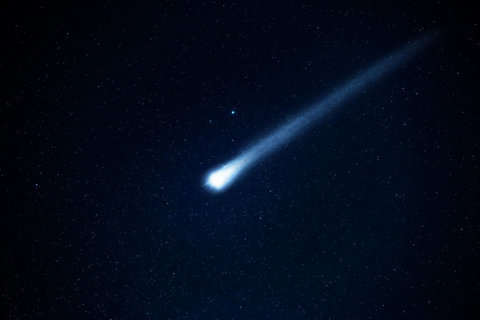
WASHINGTON — The crisp, cool and clear night is the perfect condition to watch the first major fall celestial show: the Orionid meteor shower.
Cloud-free conditions will allow some views of the debris from Halley’s comet, with peak time for viewing coming Sunday night into Monday morning.
NASA said that these meteors are considered to be one of the most beautiful showers of the year, traveling at the speed of 148,000 mph into the Earth’s atmosphere. They are framed by some of the brightest stars in the night sky, adding to their spectacle.
Accuweather’s Dave Samuhel said in an article that the meteor shower is expected to be higher this year with 20 to 25 meteors per hour; however, moonlight could be an issue, as it is nearly a full moon overnight.
Samuhel said the best time to see the Orionids is after midnight through dawn, prime time being after the moon sets and before morning twilight begins. The moon will set around 5 a.m.
Skygazers in the D.C. area are in luck, as the visibility is predicted as good, but city residents may want to head out to areas with less light pollution to increase the number of meteors they would be able to see with the naked eye and without special equipment.
Here are some tips from AccuWeather on meteor shower viewing:
- View from an area with low light pollution.
- Look at the entire sky.
- Avoid looking at light sources, such as cellphone screens.
- Greatest number of meteors are typically visible after midnight.
Meteors come from leftover comet particles and bits from broken asteroids. The Earth passes through these dusty trails, colliding with the atmosphere, where they disintegrate and create the light show in the sky.
The Orionids originate from Halley’s comet, which was last seen on Earth in 1986. It takes the comet 76 years to orbit the sun. The next sighting will be in 2061.

